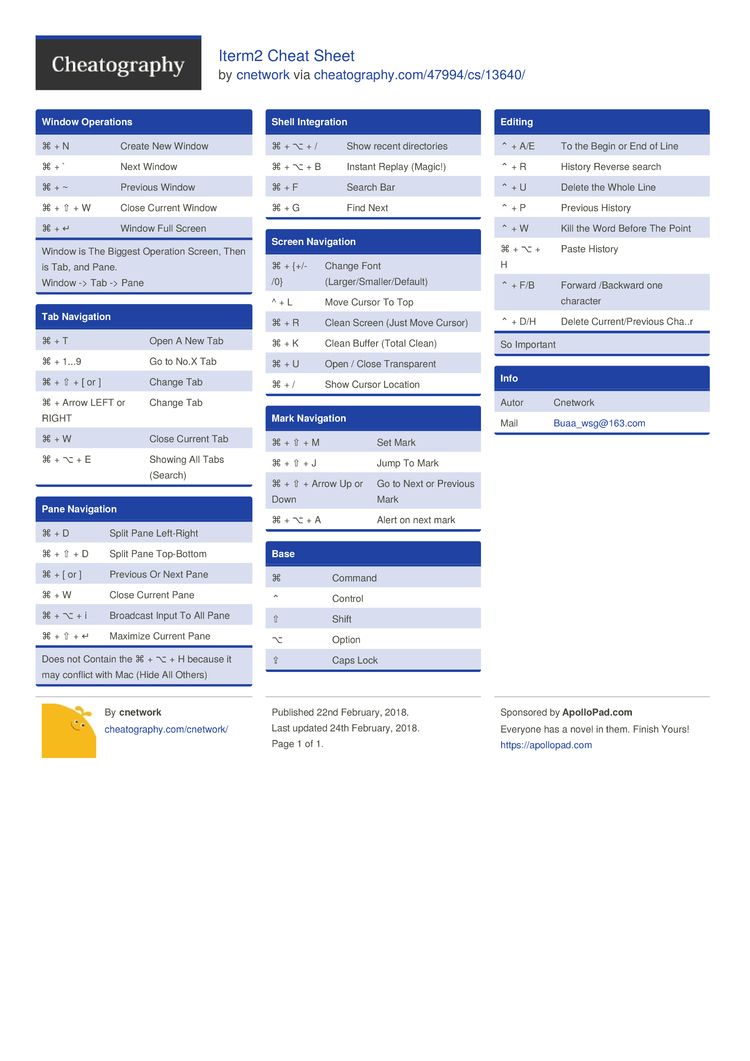

#Iterm2 jump word windows#
The idea is that iTerm still handles window and pane management, maintain scrollback buffers, copy/paste as usual, but all windows are backed by tmux session under the hood. Keyboard shortcut to jump between words in iTerm2. There is an integration between iTerm2 and tmux powered by iTerm that you might be interesting in.

To set this command, go to iTerm Preferences Profiles Keys.

Now, whenever you're typing a command in iTerm2, it's really easy to jump back to the start of the word (or even multiple words) to insert more text or delete part of the command - no more need for repeatedly pressing the ← key to navigate back character by character. Native integration between iTerm2 and tmux. In iTerm2, you will notice that natural jumps using option + or do no work. For the “Jump to start of word” command, select the “Send Escape Sequence” action and send the escape sequence Esc+b: To configure custom keyboard shortcuts in iTerm2, open the preferences dialog and navigate to the Profiles › Keys › Key Mappings tab:Ĭlick the “+” button to add a new key mapping, or double-click an existing key mapping to edit it. iTerm2 keyboard shortcuts By Zeynel Abidin Öztürk - 3 years ago - in Shortcuts - Show: 20 essential shortcuts / All shortcuts 0 comments Jump to header matches. For example, I typically configure the ⌥ ← shortcut which jumps me to the start of the word under the cursor. Whenever I set up iTerm2 on a new Mac, one of the first things I do is to configure familiar keyboard shortcuts for common navigation and edit actions in the command prompt. Meta will be the alt key on most keyboards, but you may need to edit your terminal emulators. My current terminal of choice is iTerm2 which I’ve been using happily for many years. Meta-f and Meta-b can jump forwards and backwards by one word.
#Iterm2 jump word software#
Now we can skip entire words on the command line interface by holding down the left ⌥ key and hitting ← or →.This content originally appeared on Marius Schulz and was authored by Marius SchulzĪs a software engineer, I find myself using the terminal every day to run all sorts of commands. After we are done, we may need to restart the iTerm to be able to use the changes that we have just made. With that you can jump between input commands that you executed. Its focus is on performance, internationalization, and supporting innovative features that make your life better.

It works on Macs with Leopard or Snow Leopard. Kill text from the point to the end of the line. This command works only when the iTerm2 shell integration is enabled. iTerm2 is a replacement for Terminal and the successor to iTerm. Now we need to repeat a similar process for the ⌥→ keyboard shortcut with the following settings: iTerm2 Enjoy this cheat sheet at its fullest within Dash, the macOS documentation. To make this work for the right option key you need to set the key modifier to act as an Escape Sequence.įirst, you need to set your left ⌥ key key to act as an escape character.Īfter that, you can either change the current shortcut for ⌥ ← or create a new one, in the Profile Shortcut Keys, with the following settings: All you have to do is do a few configurations in the iTerm preferences, and you are good to go.
#Iterm2 jump word install#
In other words, you do not need to install anything else in your OS X. You only need to make a few keystroke changes in your iTerm preferences and you are done. You do not need to pay 1 BTC to Apple to get this working. It turns out that this is possible quite easily and without much pain and effort from your side. One feature that I wanted to have after my migration from Windows to OS X is the ability to jump between words in the command line, and not having to go through the whole line character by character. In Prefs > Profiles > Keys you can assign keys to move the beginning or end of the selection by a single character, word, or line. ITerm is a really great terminal replacement that I really like to use.


 0 kommentar(er)
0 kommentar(er)
